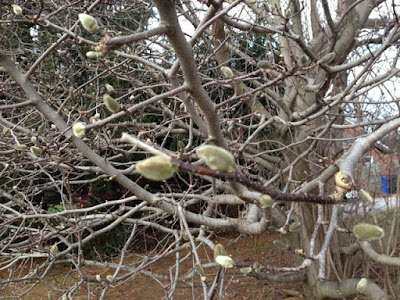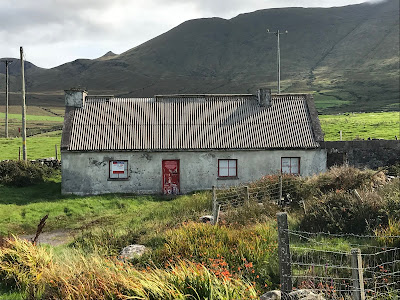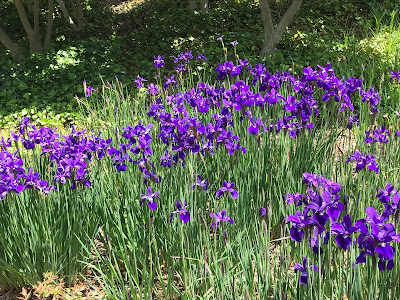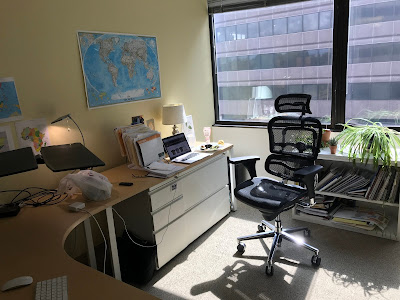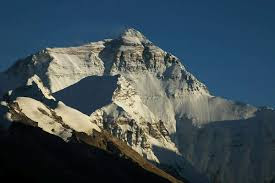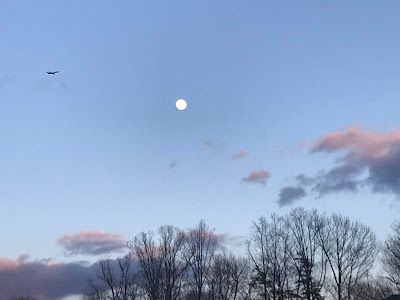More Fragile
On this day I will always associate with Dad (six years today), I think about him and his generation, what they had to deal with — a depression, a world war, polio, scarlet fever, random infections which could easily lead to death in those days before antibiotics.
It was a more fragile world but not a worse one.
Where will this worldwide pandemic lead us? Right now it’s to confusion and panic. But where will we be, what will we be like, when the dust settles? Will we let fear transform us to meanness? Or will we become wiser, kinder, more prepared, chastened to a greater compassion?
For us, too, a more fragile world could, perhaps, be a better one.
